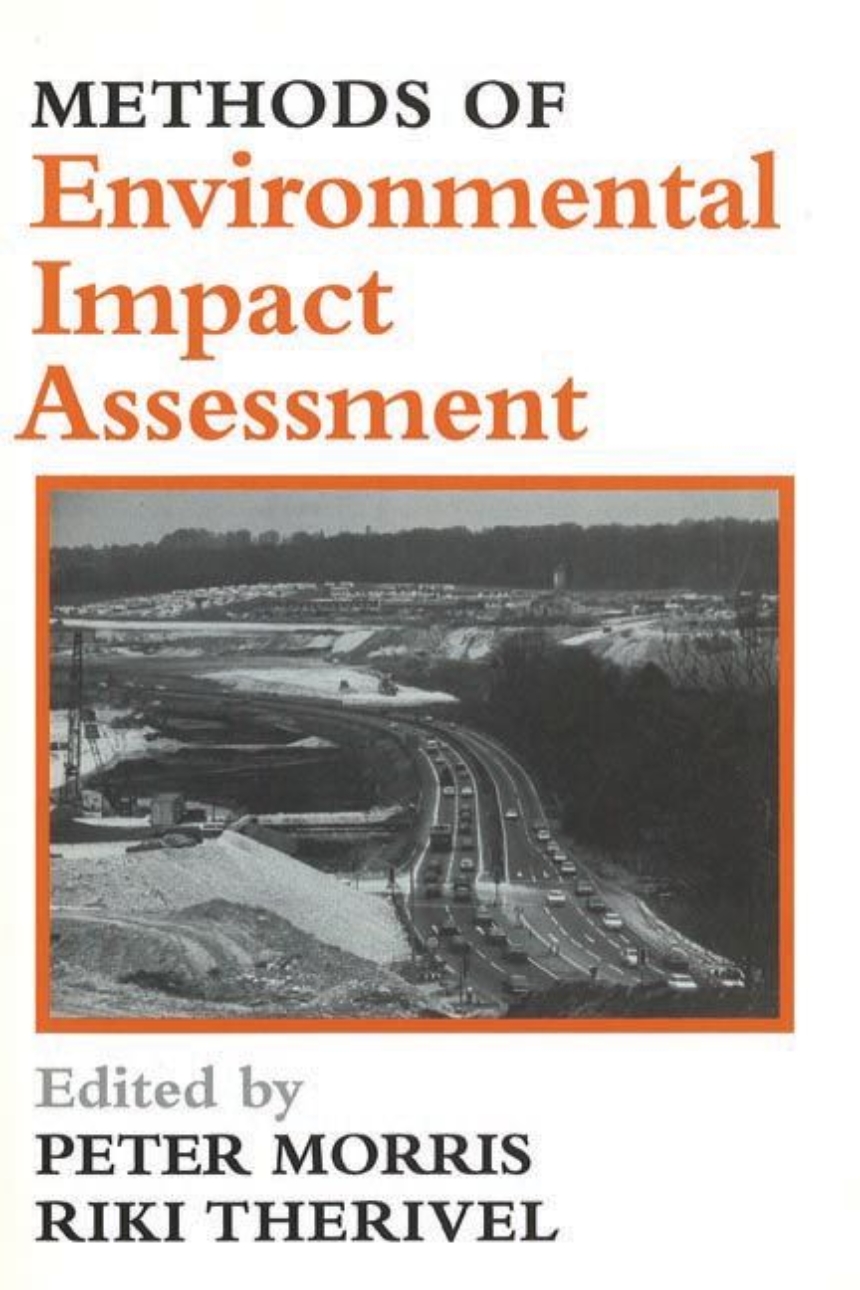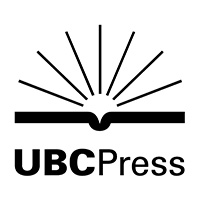Distributed for University of British Columbia Press
Methods of Environmental Impact Assessment
Table of Contents
Preface and acknowledgments
List of contributors
Abbreviations and units used in the text
1. Introduction / Riki Therivel and Peter Morris
2. Socio-economic impacts 1: overview and economic impacts / John Glasson
3. Socio-economic impacts 2: social impacts / Andrew Chadwick
4. Noise / Riki Therivel
5. Traffic / Aidan Hughes
6. Landscape / i
7. Archaeological and other material and cultural assets / Nicola Bourdillon, Rosemary Braithwaite and David Hopkins, Roger France
8. Air and Climate / Derek Elsom
9. Soils and geology / Martin Hodson
10. Water / Peter Morris and Jeremy Biggs
11. Ecology -- overview / Peter Morris
12. Terrestrial ecology / Peter Morris, David Thurling, Tim Shreeve
13. Freshwater ecology / Jeremy Biggs, Antony Corfield, David Walker, Mericia Whitfield, Penny Williams
14. Coastal ecology / Stewart Thompson
15. Interactions between impacts / Riki Therivel and Peter Morris
Appendices
A. EIA/EIS contents
B. Useful addresses
C. The rational method for runoff prediction
D. Geographical information systems
E. Outline of the NCC Habitat Classification
F. Sources of information on species and taxonomic groups
Glossary
References
Index

